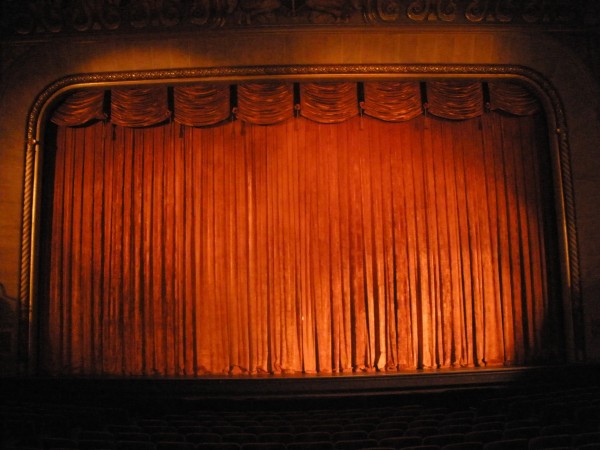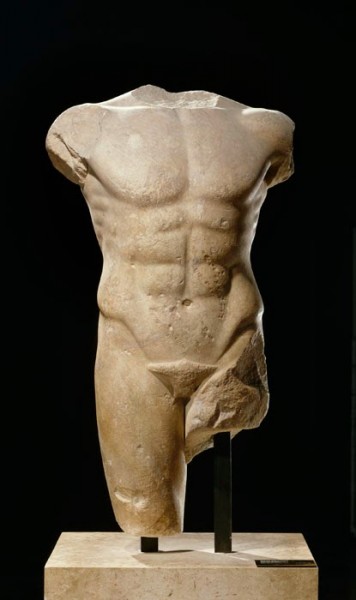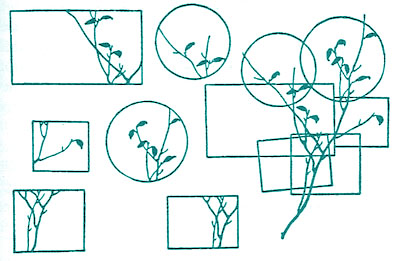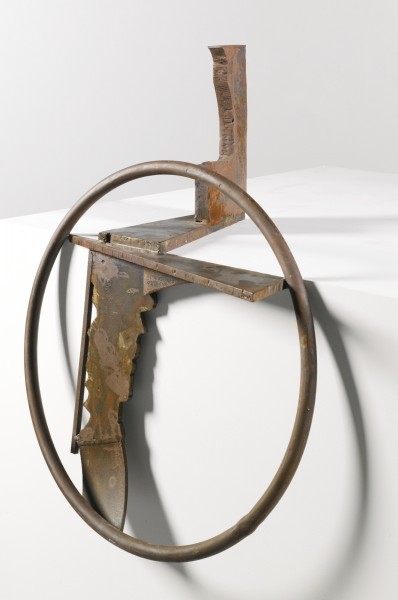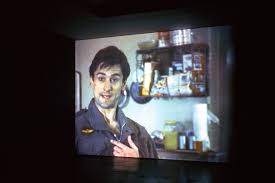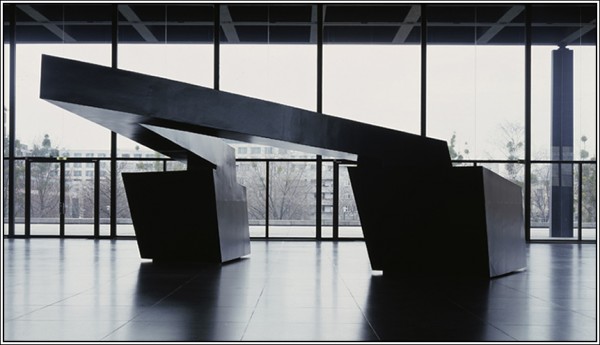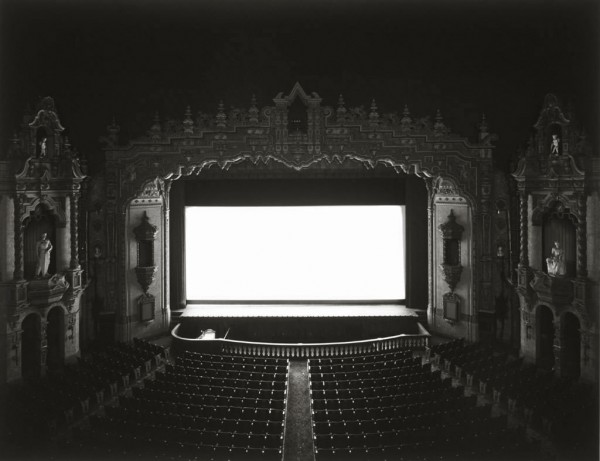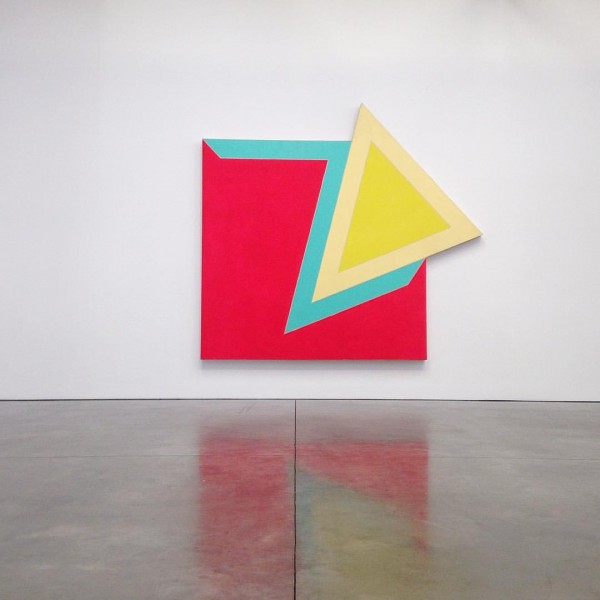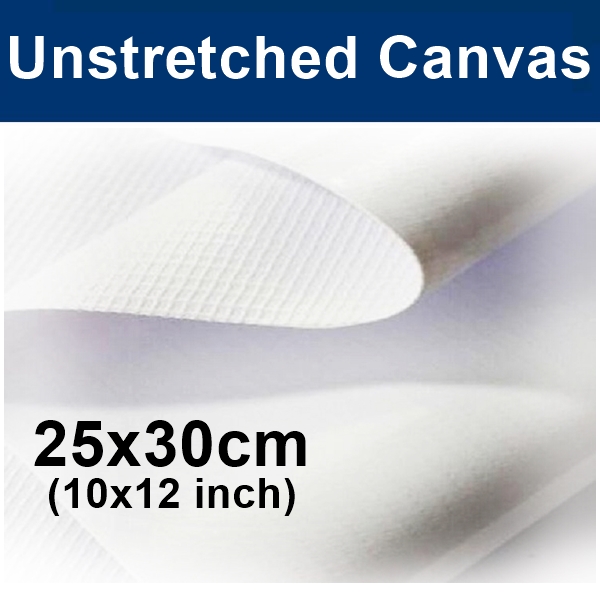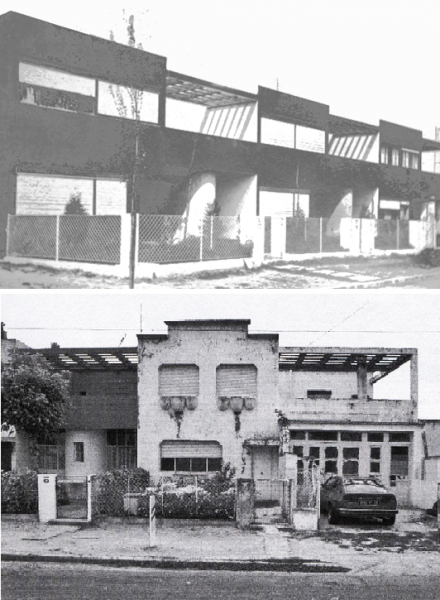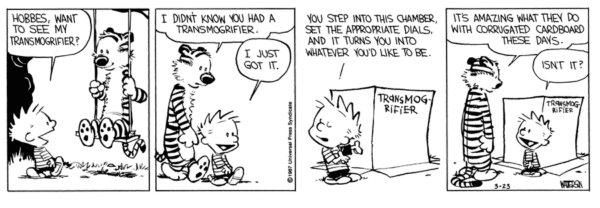
Reading Art and Objecthood While Thinking about Containers
Fluxus containers, in summary, initiate the beholder (a holding, handling beholder, maybe a tool-being holder in the Heideggerian sense) to explore and take interest in the world. The boxes sensitize the user to a world where the public is overwhelmed and numbed by the excess goods proliferating, literally ad nauseum, in the world and landing in the seconds bins along Canal Street, where Maciunas made use of them as artworks. The kits express a collective obligation (or opportunity) to repurpose the excess manufactured articles of late capitalism.

